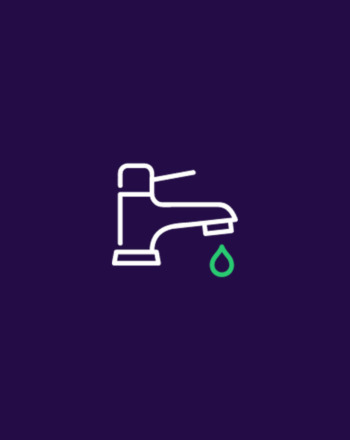Vaping refers to the use of small electronic devices to heat liquid, usually containing nicotine and chemicals, to produce a breathable vapor. Whilst the misconception of being less harmful than smoking has grown its mass popularity, its marketing and packaging are particularly tailored for young people.
The Growing Threat of Vaping in Schools
In many ways vaping has replaced the trend of smoking tobacco-based products. Vapes are available in a variety of colours, shapes and flavours – making them appear less harmful to young people than they really are.
The truth is that vaping is not a so-called ‘safe alternative’ to smoking. The developing brain is especially susceptible to the effects of nicotine and can cause cognitive impairments. There is significant research indicating vapes can also lead to lung injuries and cardiovascular problems.
Academic Disruptions Caused by Vaping Incidents
Since the discrete nature of vapes and the vapor they produce lends itself to concealment by young people, it’s no surprise they have led to increased academic disruptions. Vaping in the classroom can distract students from their learning and force teachers to interrupt the flow of a lesson to discipline and confiscate. This can break down the levels of trust between teachers and students.
There is the additional risk of second-hand vapor being breathed in by non-vaping students. This can have health consequences akin to second-hand smoke from cigarettes, as well as cause allergic reactions to the flavouring agents inside the vapor.
Vaping Detection Technologies
Sensor Technologies and Detection Mechanisms
Vape detection technology will play a pivotal role in mitigating the risks presented by vaping in the classroom. The technology largely consists of sensors that monitor the air quality in a given room. They analyse for heightened levels of nicotine and similar chemicals to detect the presence of vapor.
Combined with detection mechanisms like a school’s security system, they can trigger alerts when individuals are vaping in the classroom. This allows for a swift response from teachers and will deter students from continuing the behaviour over time.
Algorithms for Real-time Analysis and Identification
Algorithms can identify repetitive patterns in the vape related data to improve the detection success rates. This is accomplished through machine learning. The system itself will monitor and make the necessary adjustments, saving the time of teachers and making it more reliable for them.
Advantages of Vape Detection Technology in Schools
Swift Identification and Response to Vaping Incidents
To combat the rise of vapes in schools, an effective identification and response plan is needed. Implementing detection systems that can accurately alert teachers to vaping, then backing this up with a co-ordinated disciplinary response can deter students from continuing the behaviour. If the response is not swift, then the disciplinary measures won’t be enforced, and the behaviour will continue.
A Health-Conscious School Environment
Schools that wish to be seen promoting healthier lifestyle choices must also be seen taking harmful behaviours more seriously. Vaping represents a major health risk to young people through both cardiovascular and lung related issues. Schools that fail to educate children on these matters are not adequately preparing them to reject vapes in their personal lives.
Choosing the Right Vaping Detection System: Key Considerations
Accuracy and Precision in Detection
Choosing a system that is accurate and precise is essential to building trust with teachers that the system works. Air quality is always fluctuating and a faulty system might falsely detect acceptable changes as symptomatic of vaping. This makes teachers less confident when calling out the behaviour, as well as allowing students more opportunities to vape.
Customisation to Suit Unique School Environments
Choosing a system that is versatile to the unique layout of a school is vital. Considerations of the number of floors, students and hallways must all be indicated to the system’s algorithm. As should the preexisting ventilation systems in place and where students gather in higher numbers. Many of these factors change with the seasons, so the system needs to be adaptable to those changes.
Balancing Cost and Effectiveness
It is also important to consider a school’s budgetary constraints and offer scalable options that prioritise their specific needs. If certain areas of the school have higher incident rates than others, it’s important to prioritise implementation in those areas first. This maximises the efficiency of the detection system whilst bearing in mind budgets of schools.
Implementing Vaping Detection into Educational Institutions with Glide
Glide allows schools to build up their Wi-Fi infrastructure and improve the connectivity of smart devices with Glide Education. This is essential for schools implementing vape detection systems, since the real time algorithms need to connect with one another and compile their data to build a more accurate response. Glide can easily bring that scalable connectivity to your educational institution.






































































































